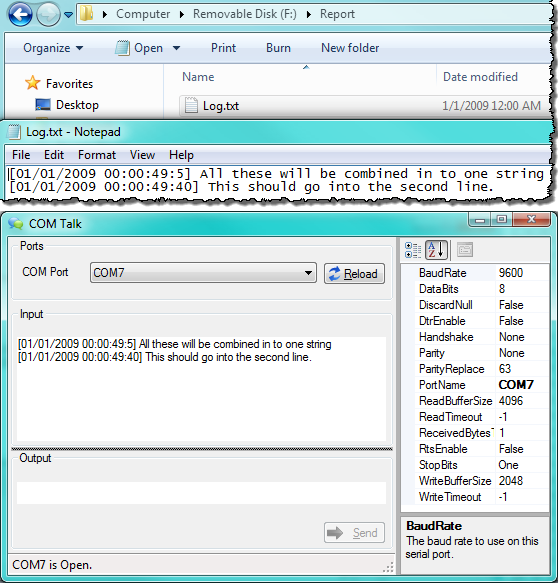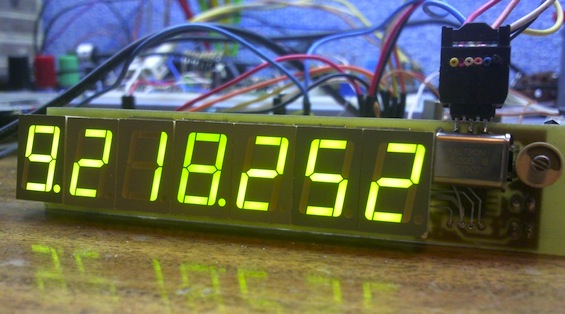Digital timer relay using PIC18F4620

Mark Weir from Australia sent us his revision of our Programmable digital timer switch project. He modified the original code, which was written for PIC16F628A, to incorporate it with PIC18F4620 microcontroller, while hardware and overall functionality remain the same. Here is a link to download his modified version of the firmware written in MikroC compiler. Download Firmware
Read more


